Despite reportedly weak Apple Vision Pro sales to consumers, Apple is working on both a less-expensive version as well as a second-generation model, alongside research on a "smart glasses" type device.
A new report from Bloomberg outlines two forthcoming headsets: a second-generation model of the Apple Vision Pro, and a cheaper version of the headset which could be dubbed simply the "Apple Vision." The latter product may appear as early as sometime in 2025.
The company is continuing to look at another category entirely, the "smart glasses" area that is presently defined by Meta's $329-and-up smart Ray Ban glasses. The Apple version, which might be dubbed "Apple Glass," has no timetable at present, much like the second-generation Apple Vision Pro.
According to the report, the idea of making the glasses-style device into a true augmented-reality product has "been tabled due to technical challenges." This could set the potential launch of the "Apple Glass" product back further than either the next Apple Vision Pro or the projected "Apple Vision" headsets.
It remains unclear what changes might be made in the cheaper "Apple Vision" product in order to bring the cost down, which reporter Mark Gurman feels should be in the $1,500 range to attract more buyers. One option would be to make any future headset out of lighter materials, since the weight factor of the current Apple Vision Pro is another of its main criticisms, alongside the price.
 Charles Martin
Charles Martin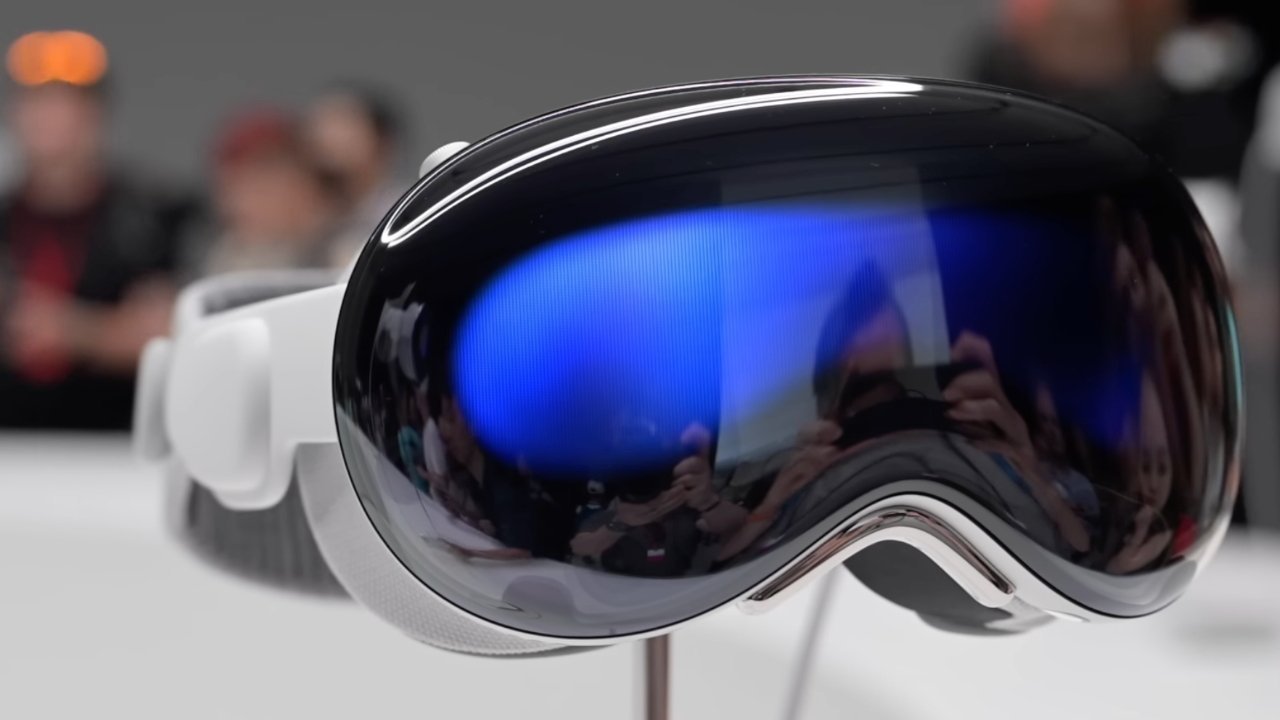

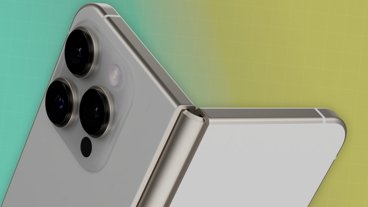

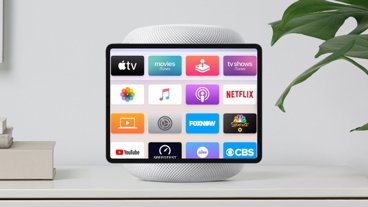

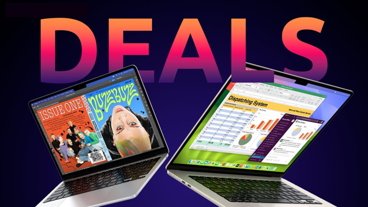


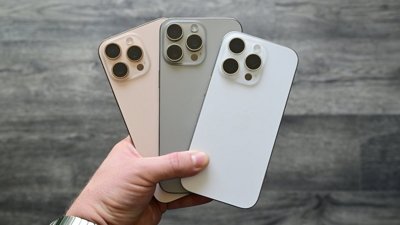
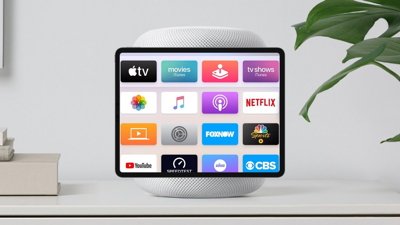
 Wesley Hilliard
Wesley Hilliard
 Stephen Silver
Stephen Silver
 William Gallagher
William Gallagher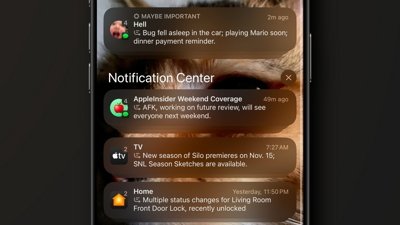

 Marko Zivkovic
Marko Zivkovic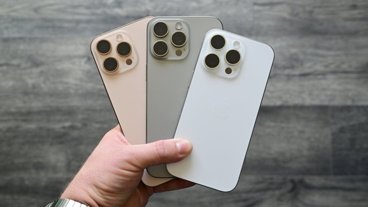







28 Comments
Not news. The only way this was ever going to be a legit big deal is glasses.
Wish authors would substitute “less expensive” for “cheap or cheaper” when talking about Apple devices.